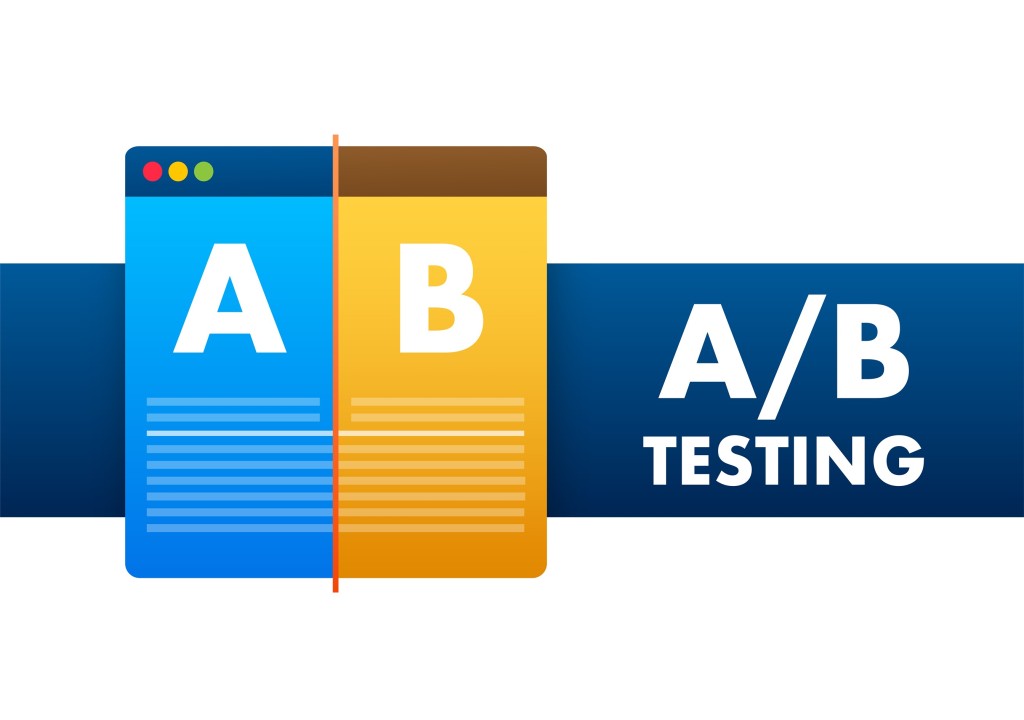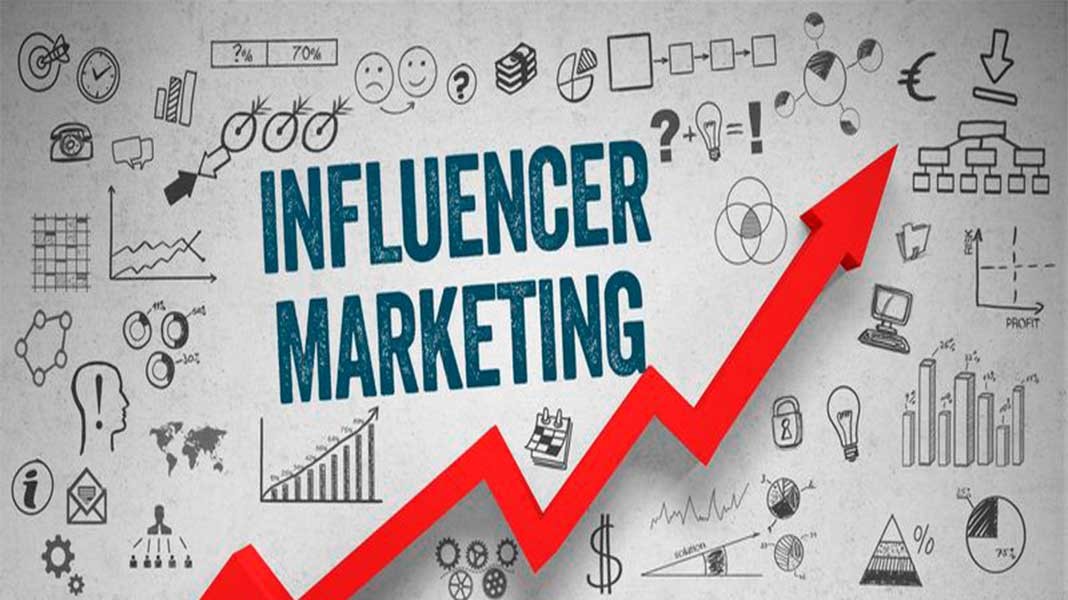A/B Testing Strategies to Boost Conversions
In digital marketing, data-driven decisions often separate average results from breakthrough success. A/B testing, also known as split testing, is one of the most effective methods to optimize your campaigns, landing pages, and user experiences for higher conversions. When done right, A/B testing can provide valuable insights into what truly resonates with your audience.
What is A/B Testing?
A/B testing is a process where two different versions (A and B) of a webpage, email, or advertisement are shown to users at random to determine which one performs better. The key metric could be anything—click-through rates, form submissions, purchases, or time spent on page. Over time, this data helps marketers and businesses make more informed choices.
Why A/B Testing Matters for Conversions
Guesswork in marketing often leads to missed opportunities. A/B testing removes the guesswork and shows which specific elements actually influence user behavior. Even small improvements can translate into significant gains over time. Whether you’re running paid ads, crafting email subject lines, or designing landing pages, A/B testing ensures that your audience sees the most effective version.
Elements You Can A/B Test
- Headlines or titles
- Call-to-action (CTA) buttons – color, text, or placement
- Images or videos
- Layout and design
- Form length and fields
- Navigation menu options
- Pricing and offers
- Email subject lines and content
Testing just one element at a time helps identify the exact variable that caused a change in user behavior.
Best A/B Testing Strategies for Higher Conversions
1. Start with a Clear Hypothesis
Don’t test randomly. Start with a specific idea or hypothesis. For example, “Changing the CTA button color to orange will increase click-through rates.” This focused approach makes it easier to measure success.
2. Test One Variable at a Time
To identify what’s actually making a difference, change only one element in your A/B test. Testing multiple changes at once may confuse results and make it difficult to pinpoint the winning element.
3. Choose the Right Sample Size
Too small a sample can give misleading results. Use an adequate audience size so the test has statistical significance. Most A/B testing tools help calculate the correct sample size before starting.
4. Run the Test Long Enough
Make sure to let your test run for a sufficient amount of time. Ending the test too early might lead to inaccurate conclusions. Factors like time of day or week can affect behavior, so give your test a fair timeframe—usually at least 1–2 weeks, depending on your traffic.
5. Segment Your Audience
What works for one audience might not work for another. Consider segmenting your users by location, device, or traffic source. This allows you to create more personalized experiences and find deeper insights.
6. Use Reliable A/B Testing Tools
Some of the most popular A/B testing tools include Google Optimize, Optimizely, VWO, and Unbounce. These tools provide easy-to-read reports and help automate many aspects of testing.
7. Measure the Right Metrics
Choose the conversion metric that aligns with your goal. If you’re testing a signup page, track form submissions. For product pages, monitor add-to-cart actions or purchases. Always match your goal with the test’s key performance indicator (KPI).
8. Learn from Each Test
Not all A/B tests will give you a dramatic win. Some might show no difference at all. That’s okay. Even inconclusive results offer insights into user behavior. Use every outcome—good or bad—as a learning opportunity to refine your approach.
Common A/B Testing Mistakes to Avoid
- Testing too many elements at once
- Stopping the test too early
- Not segmenting audiences
- Ignoring mobile versus desktop behavior
- Failing to implement the winning version
Avoiding these mistakes ensures your test results are reliable and actionable.
Final Thoughts
A/B testing is a powerful tool for improving your conversion rates over time. It empowers you to make decisions based on data, not assumptions. By testing strategically and analyzing the results carefully, you can fine-tune every aspect of your digital marketing campaigns and deliver better experiences to your audience.
Whether you’re running a small business or managing a large eCommerce store, A/B testing should be part of your ongoing optimization efforts. Start small, stay consistent, and always let the data guide your next move.




